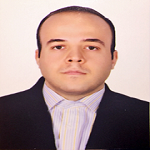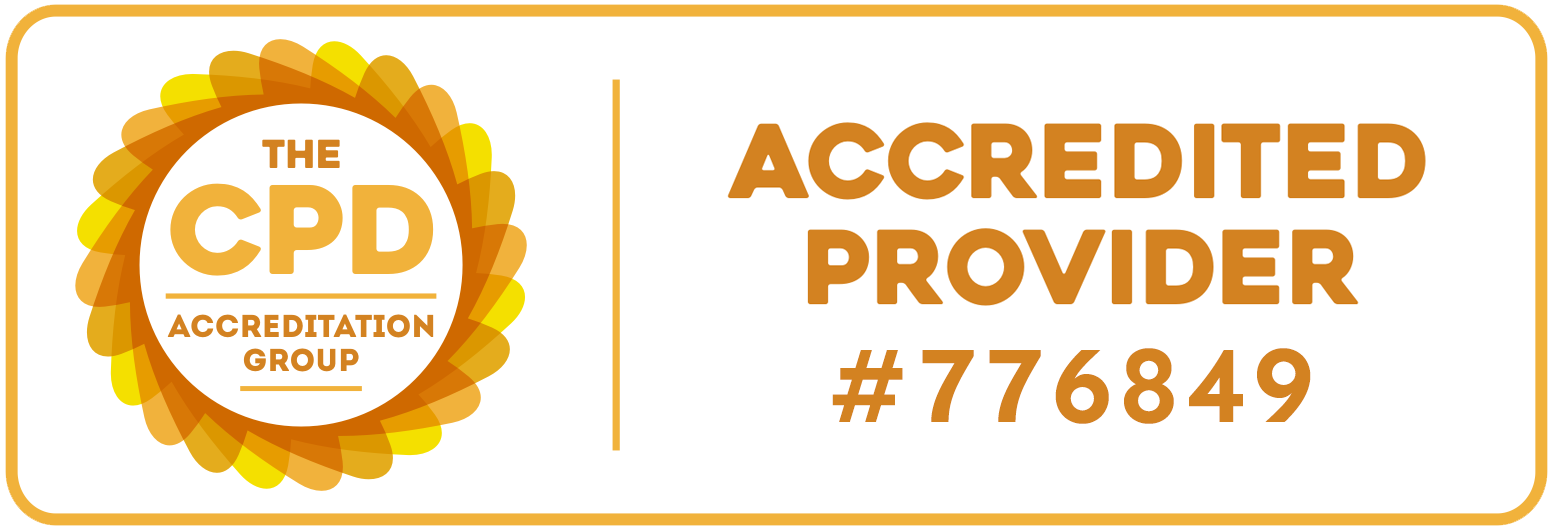
Ehsan sadeghi
Shahid Beheshti University, Iran.
Title: Electromembrane extraction combined with capillary electrophoresis for the determination of Organophosphorus in wastewater and food samples
Biography
Biography: Ehsan sadeghi
Abstract
Electromembrane extraction (EME) is a sample preparation technique in pharmaceutical, chemical, clinical and environmental analysis. This technique uses electromigration across artificial liquid membranes for selective extraction of analytes and sample enrichment from complex matrices. This method has many advantages such as simplicity, rapid, low-cost, low LOD, high preconcentration factor and high recovery.
In the present work, simultaneous preconcentration and determination of Organophosphorus such as Glyphosate (GLP), Malathion (MAT), Ethion (ETH), Dimethoate (DMT) were studied using EME as a suitable extraction method, followed with capillary electrophoresis (CE) using ultraviolet (UV) detection as separation technique. The Organophosphorus were extracted from 4 ml sample solutions, through a supported liquid membrane (SLM) consisting 2-nitrophenyloctylether (NPOE) impregnated in the walls of a polypropylene hollow fiber, and into a 20 μL acidic aqueous acceptor solution resent inside the lumen of the hollow fiber with a potential difference applied over the SLM. The variables of interest, such as chemical composition of the organic liquid membrane, stirring speed, extraction time and voltage, pH of donor and acceptor phases and salt effect in the EME process were investigated and optimized. Under optimal conditions NPOE as SLM, stirring rate of 1000 rpm, 200 V potential differences, 20 min as the extraction time, acceptor phase HCl (pH 1.0) and donor phase HCl (pH 1.5).
After the microextraction process, the extracts were analyzed by CE with optimum conditions phosphate running buffer (pH 2.0), applied voltage of 20 kV and 25°C. Under the optimum conditions, limits of detection (LOD) and quantification (LOQ) for GLP and MAT and ETH and DMT were 2.31-2.68-2.48-2-91 and 7.72-8.91-8.43-7.95 ng mL-1 respectively. Preconcentration factor and RSD for five replicates of each Organophosphorus were calculated to be 200 and 4.06-3.93-4.32-3.65 respectively.

